Birds are a joy to watch, and in Colorado, there is no shortage of different species to catch. From the common American robin to the majestic bald eagle, there is something for everyone.
In this post, we’ll focus on ducks, which can be found in both suburban and rural areas. There are 20 different ducks in Colorado, including both dabbling and diving ducks. Each duck has its own unique personality and habits, so let’s take a closer look at some of the more common ones!
Mallard
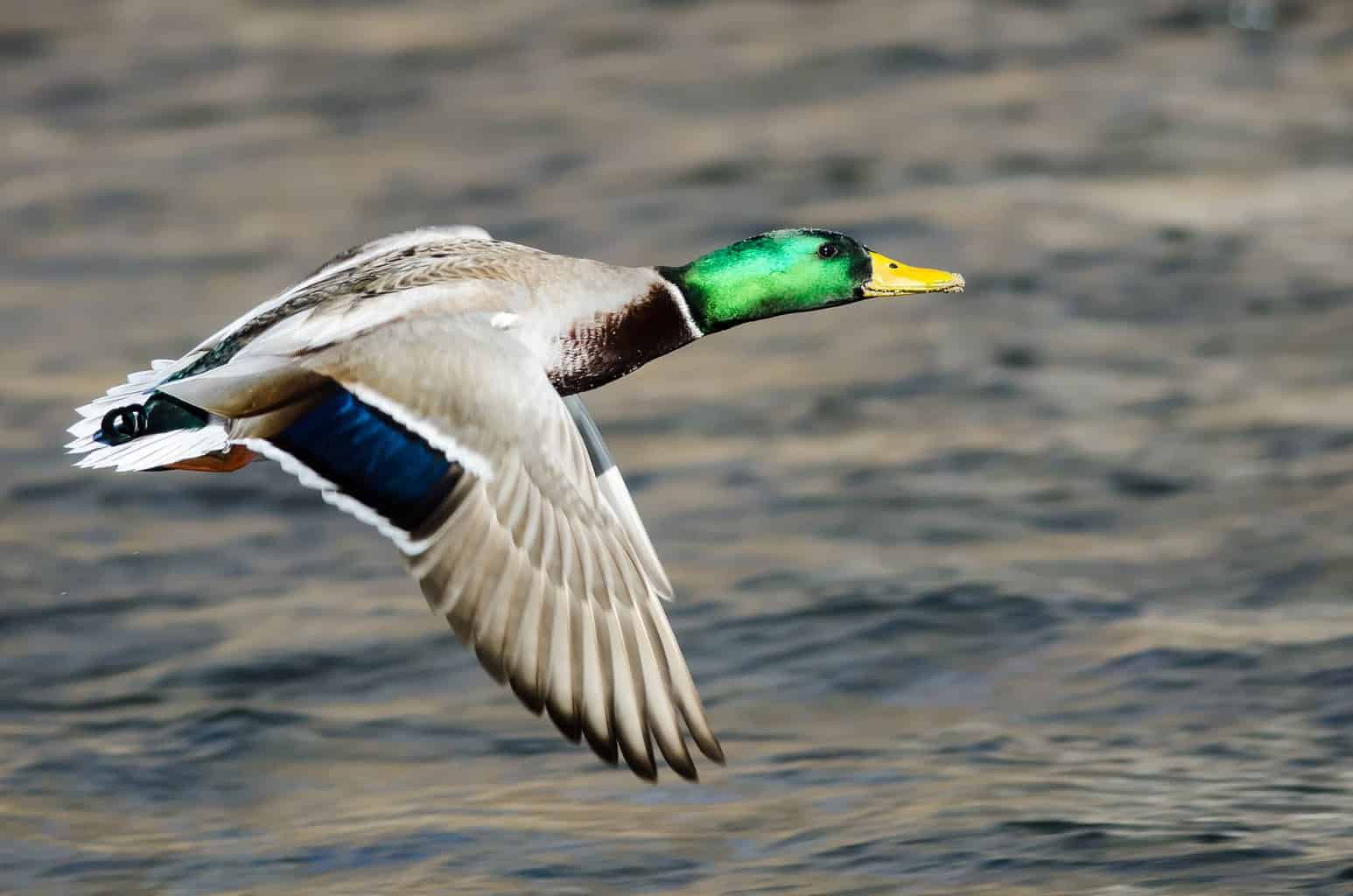
- Scientific Name: Anas platyrhynchos
- Length: 20–26 in
- Weight: 1.5–3.5 lb
- Wingspan: 32–39 in
Mallards are one of the most common ducks in North America, and they can be found in nearly every state. In Colorado, mallards can be found in a variety of habitats, including ponds, lakes, and rivers.
The mallard is the ancestor of most domesticated ducks, and it’s thought that they were first domesticated in China over 4000 years ago. Today, mallards are widely considered to be nuisance animals due to their habit of congregating in urban areas and raiding garbage cans.
Gadwall
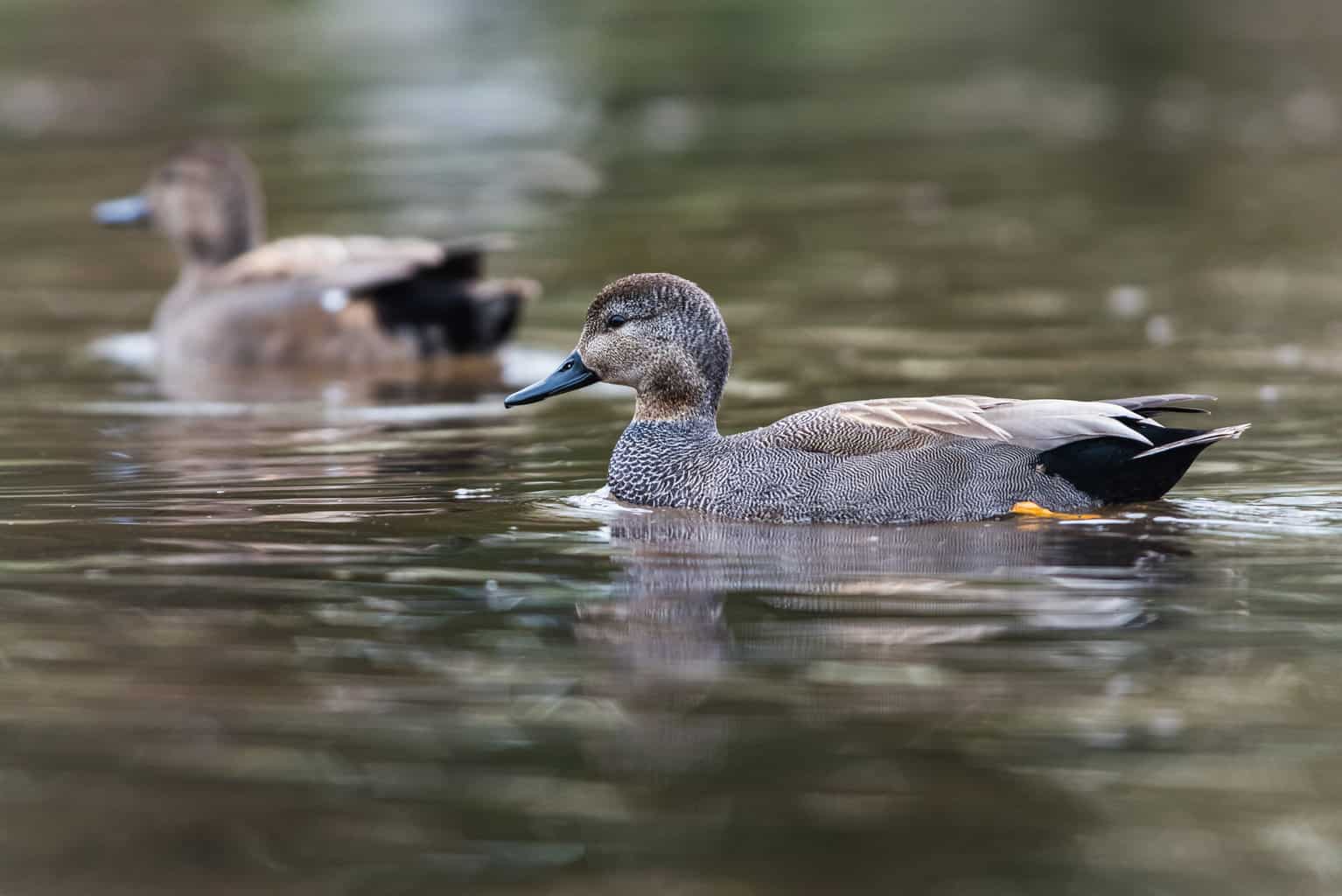
- Scientific Name: Mareca strepera
- Length: 19–23 in
- Weight: 30-35 oz
- Wingspan: 31–33 in
The gadwall is a common duck of the western United States, with a population that extends into southern Canada. These ducks are often found in pairs or small groups near freshwater marshes and ponds.
In Colorado, gadwalls can be found in a variety of habitats, including the mountain lakes of the Rocky Mountains and the prairie wetlands of the eastern plains.
These ducks are relatively shy and aren’t often seen close to humans. However, they can be attracted to bird feeders that offer corn or other grains.
Northern Shoveler
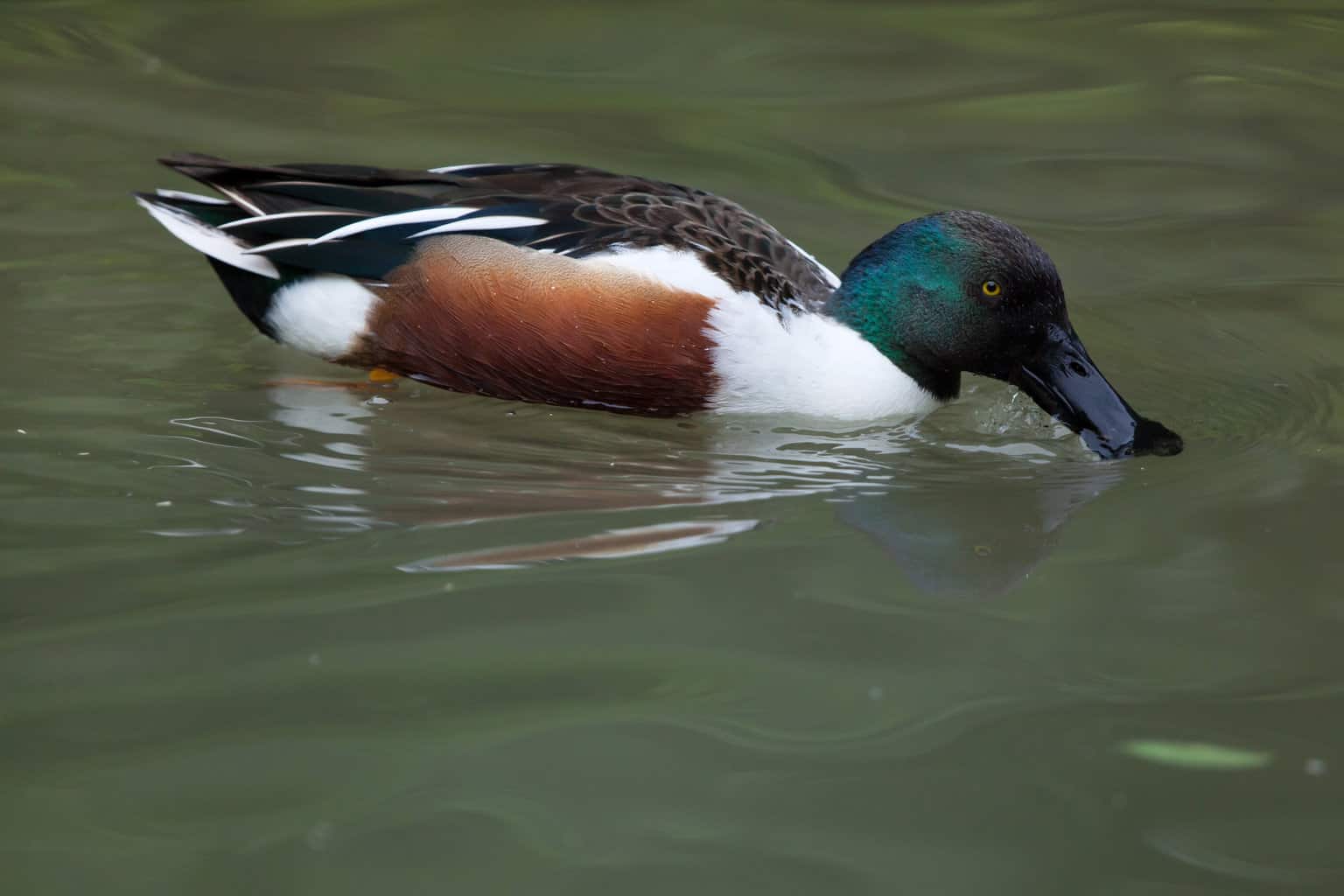
- Scientific Name: Spatula clypeata
- Length: 19 in
- Weight: 1.3 lb
- Wingspan: 30 in
The northern shoveler is a large dabbling duck that is found across North America. In Colorado, they are most common in the western and northern parts of the state.
They prefer shallow wetlands with plenty of vegetation, as this provides them with food and shelter. northern shovelers are easily recognizable due to their large bill, which is adapted for filter-feeding.
They eat a variety of aquatic invertebrates, small fish, and amphibians. In the winter, their diet shifts to include more seeds and grain.
American Wigeon

- Scientific Name: Mareca americana
- Length: 17–23 in
- Weight: 1.129–2.932 lb
- Wingspan: 30–36 in
The American wigeon is a dabbling duck that is a common sight in Colorado. These ducks are easily distinguished by their white forehead and cream-colored belly.
Male American wigeons have a green head, while females have a brownish head. Both sexes have a white band around the neck. These ducks feed on aquatic plants, terrestrial insects, and mollusks. They can often be seen foraging in fields and meadows.
The American wigeon isn’t considered to be threatened or endangered. However, loss of habitat due to development and wetland drainage is a concern for this species.
Blue-Winged Teal
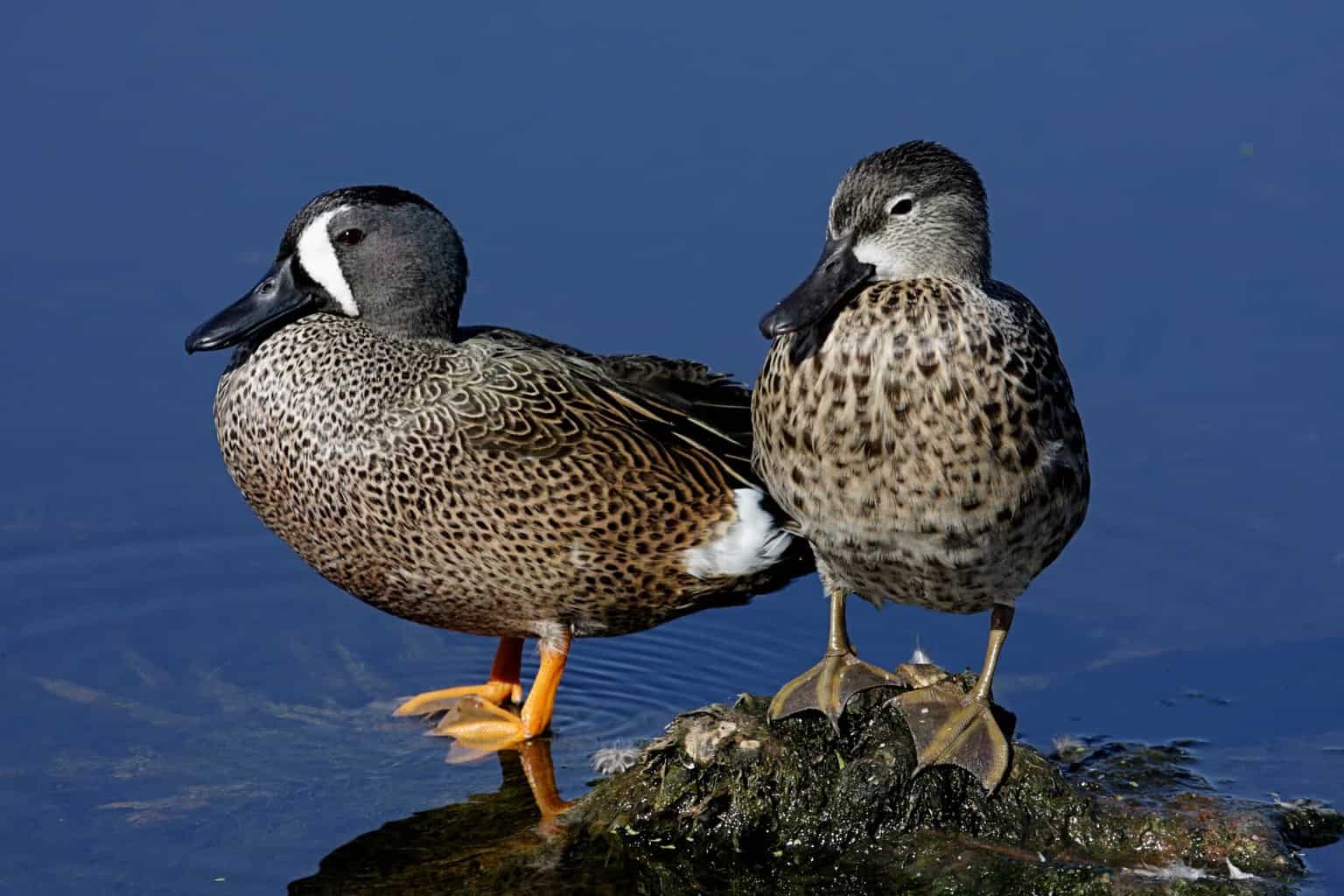
- Scientific Name: Spatula discors
- Length: 16 in
- Weight: 13 oz
- Wingspan: 23 in
Colorado is home to a number of different species of ducks, but the blue-winged teal is one of the most common. Blue-winged teals are mostly brown with a blue stripe on their wings, and they can be found in a variety of habitats, including ponds, marshes, and wetlands.
Blue-winged teals are migratory birds, and in Colorado, they can be found from April through October.
During the winter months, they travel to Mexico and Central America. Blue-winged teals are omnivorous, and their diet consists of insects, seeds, and aquatic plants.
Green-Winged Teal
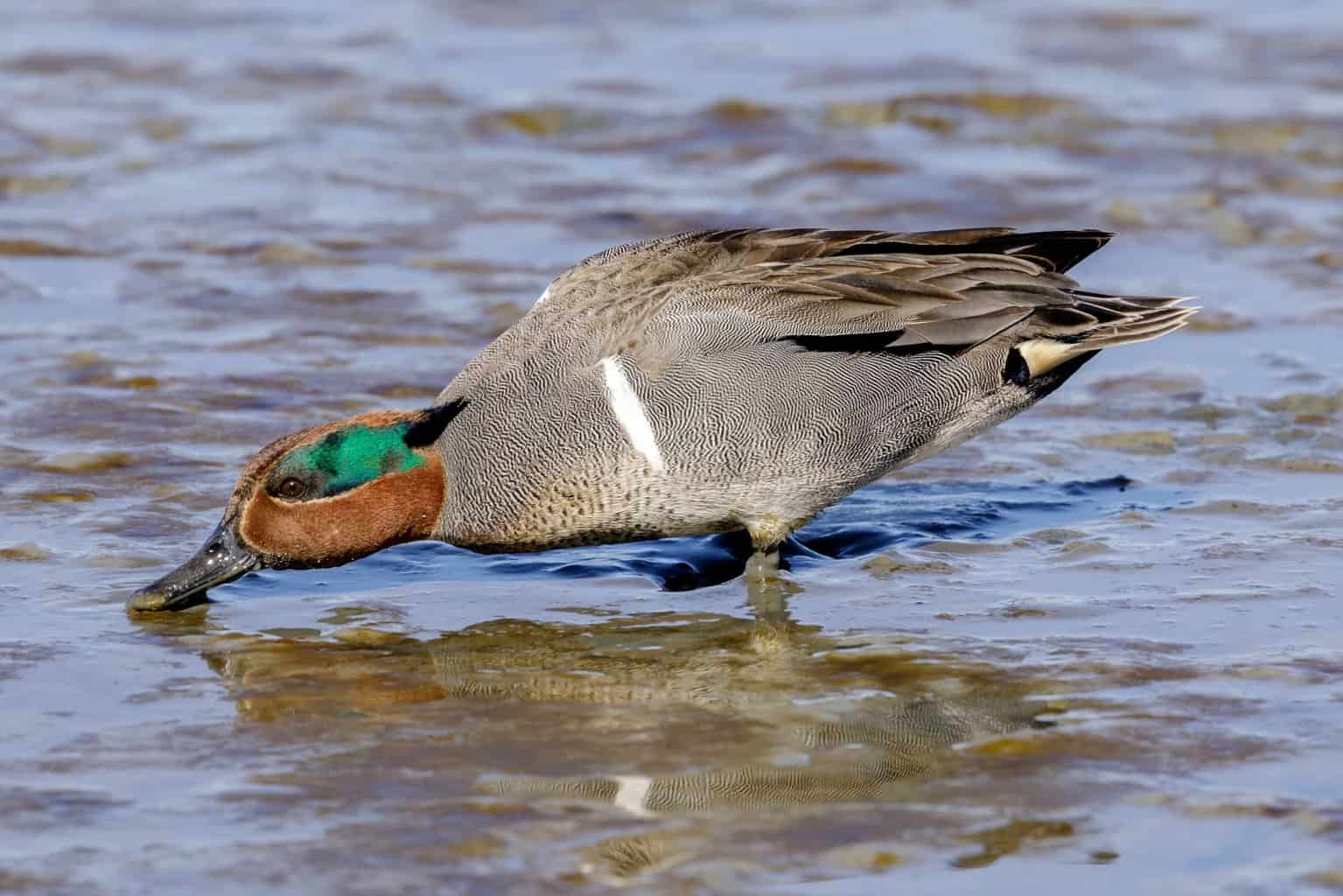
- Scientific Name: Anas carolinensis
- Length: 12.2–15.3 in
- Weight: 4.9–17.6 oz
- Wingspan: 20.5–23.2 in
The green-winged teal is a small, migratory duck that is found in North America. In Colorado, they are most often seen in the western and northern parts of the state.
These ducks prefer to live in wetlands and marshes, where they can find plenty of food. Insects, crustaceans, and small fish make up the majority of their diet.
The green-winged teal is easily distinguished from other ducks by its bright green head and yellow eyes. The male and female look very similar, although the male is usually slightly larger.
Ruddy Duck
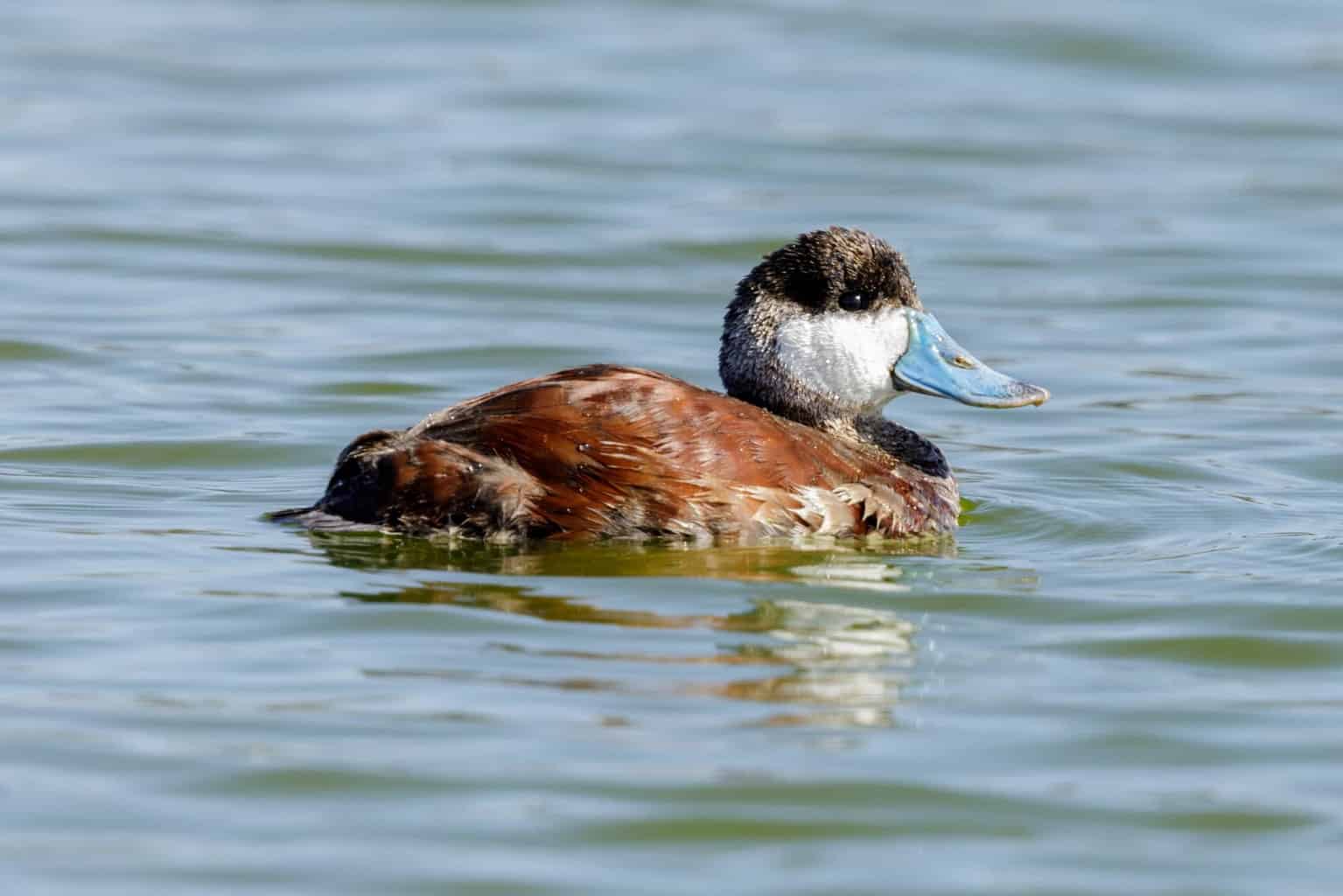
- Scientific Name: Oxyura jamaicensis
- Length: 13.5–17 in
- Weight: 1.23 lb
- Wingspan: 18.5 in
The Ruddy Duck is a small waterfowl that is native to the Americas. In the spring, they can be found in Colorado, where they mate and nest.
The males are easily recognizable by their bright blue bill and their ruddy-brown plumage. The females are less vividly colored, but they share the same blue bill.
Ruddy Ducks are relatively small compared to other waterfowl, but they are excellent swimmers and flyers. They’re also known for their playful nature, and they often engage in “dancing” displays during courtship.
Cinnamon Teal
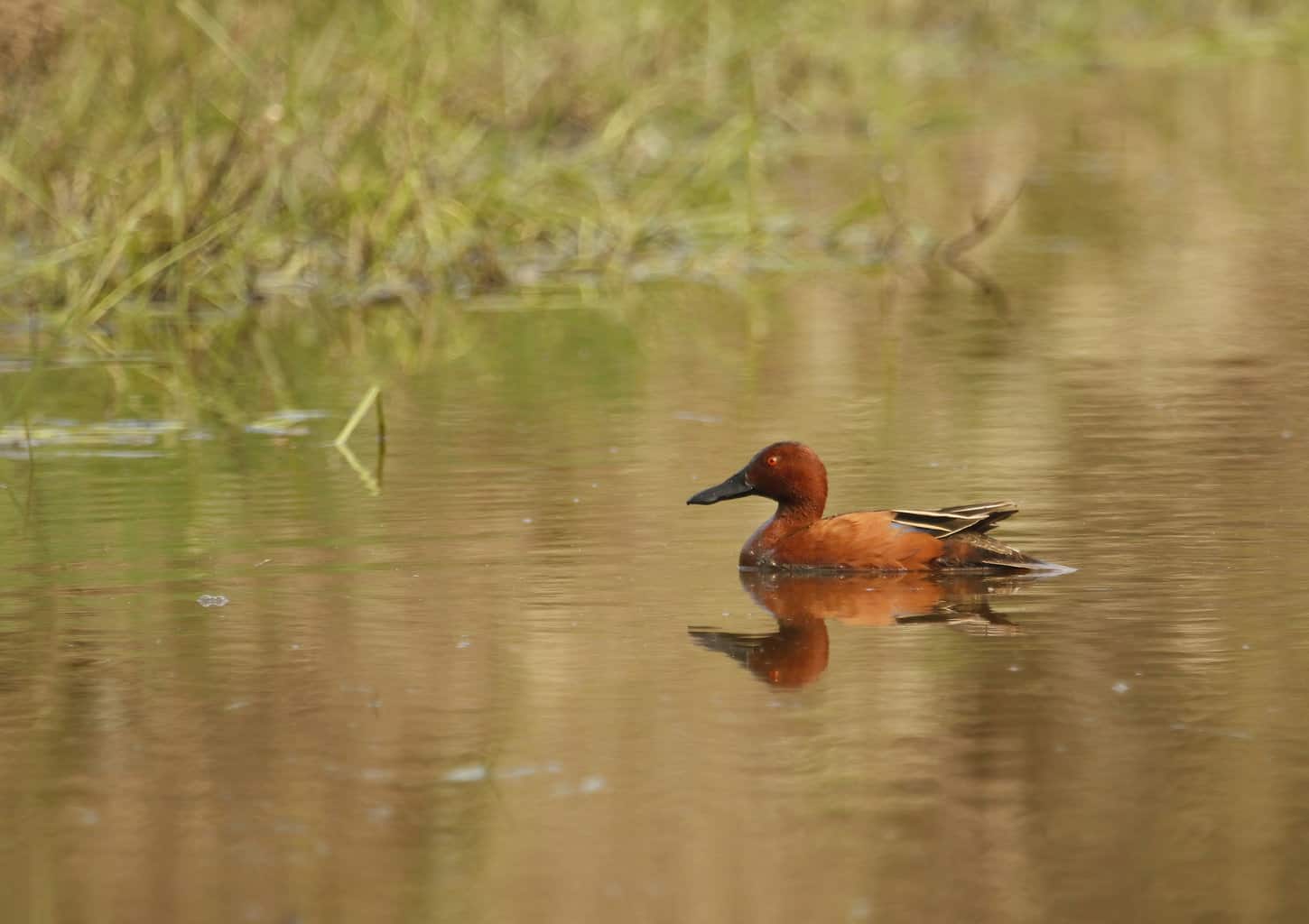
- Scientific Name: Spatula cyanoptera
- Length: 16 in
- Weight: 14 oz
- Wingspan: 22-in
According to the Colorado Division of Wildlife, the cinnamon teal is “the most widely distributed North American duck.” It’s no wonder why these beautiful birds are so prevalent – they can be found in a variety of habitats, including ponds, lakes, marshes, and even on open grasslands.
In Colorado, cinnamon teals are usually seen in the high-altitude wetlands of the San Luis Valley.
These vibrant ducks get their name from their reddish-brown plumage, which gives them a striking cinnamon-colored appearance. In addition to their distinct coloration, these birds are also notable for their long necks and legs.
Red-Breasted Merganser
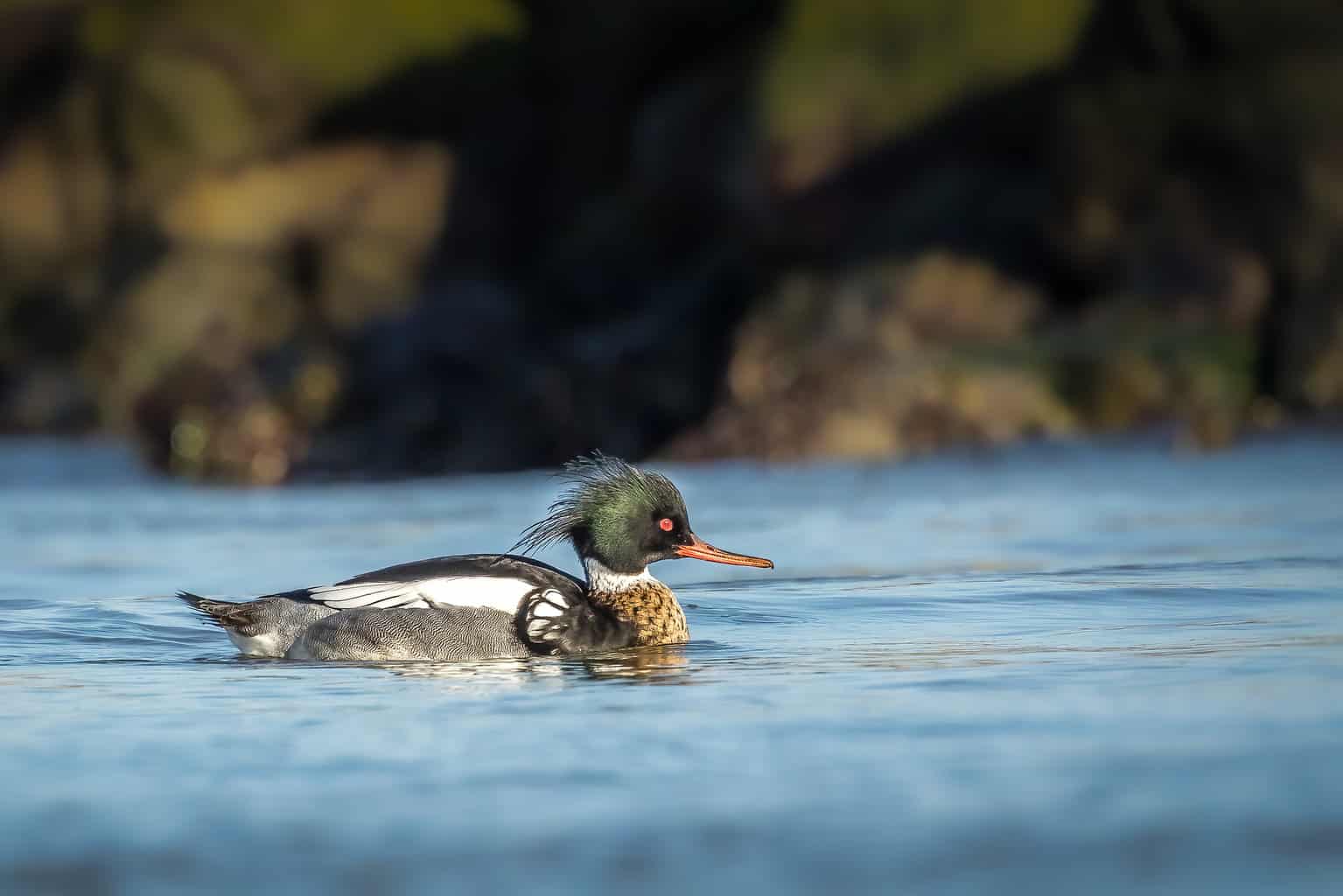
- Scientific Name: Mergus serrator
- Length: 20–24 in
- Weight: 28.2 to 47.6 oz
- Wingspan: 28–34 in
The red-breasted merganser is a type of duck that can be found in North America. Although they’re usually seen in coastal areas, they have also been spotted in states like Colorado that are inland.
These ducks get their name from their reddish-brown breast plumage. They have long necks and bills, and their tails are often held upright when they swim.
Red-breasted mergansers are known for their diving skills. They often eat fish, but they will also eat crustaceans, insects, and other small aquatic animals.
Hooded Merganser
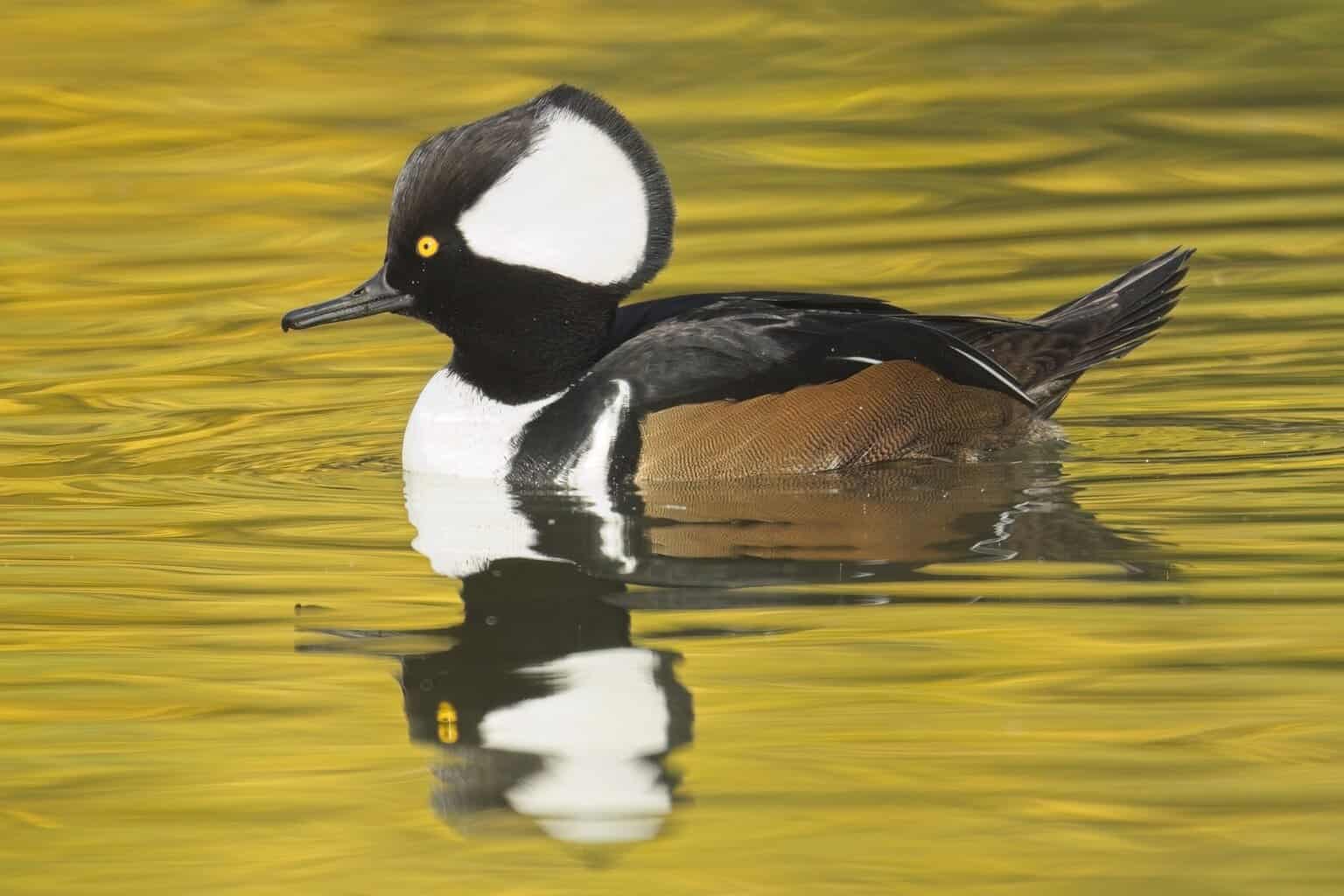
- Scientific Name: Lophodytes cucullatus
- Length: 15.8-19.3 in
- Weight: 16.0-31.0 oz
- Wingspan: 23.6-26.0 in
Did you know that hooded mergansers are one of the few duck species that nest in trees? These beautiful ducks are adapted for life in wooded wetlands, and they can often be found perching in low branches or swimming among logs.
In Colorado, hooded mergansers are generally seen in the eastern part of the state, where they frequent ponds and lakes surrounded by trees.
Common Merganser
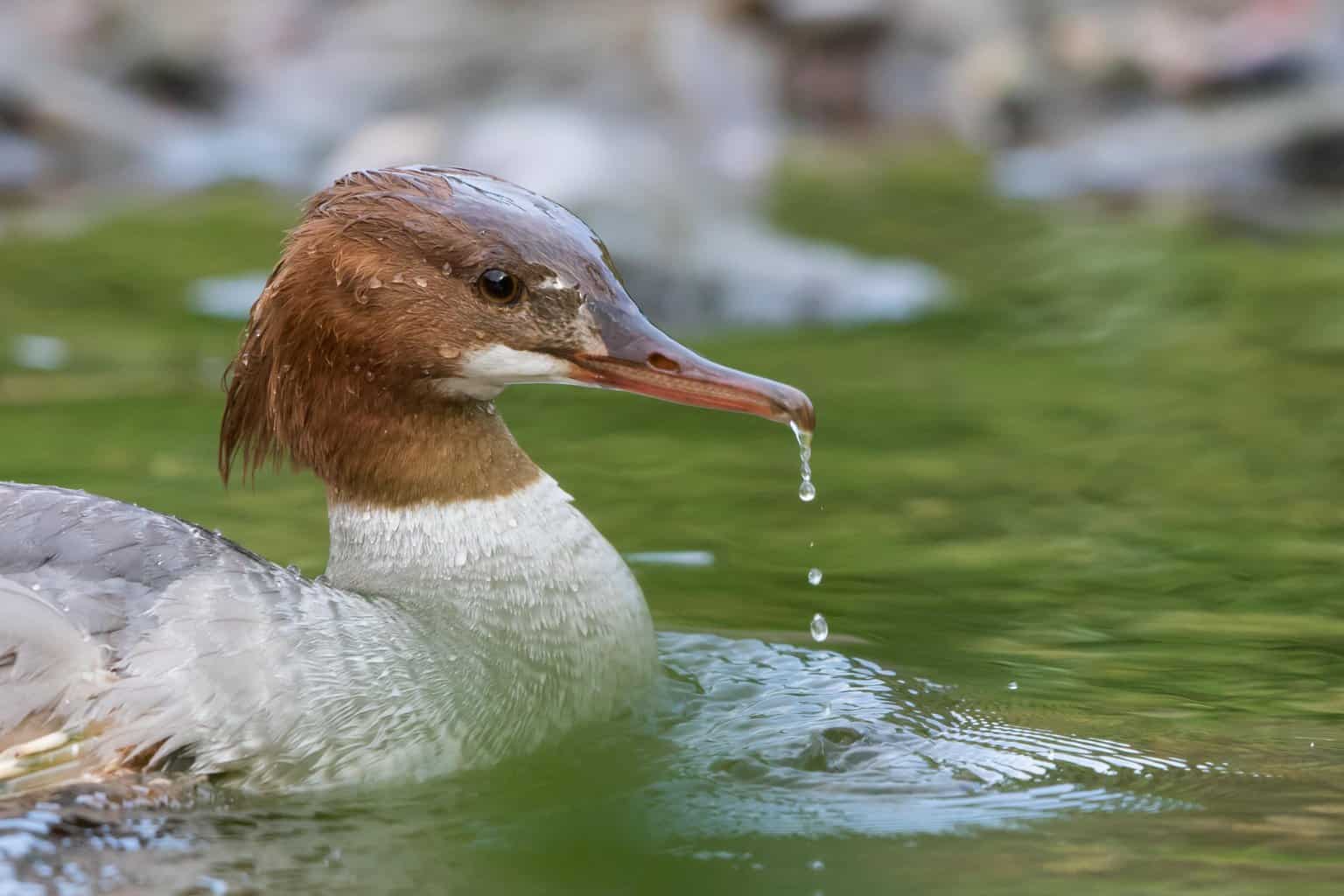
- Scientific Name: Mergus merganser
- Length: 23–28 in
- Weight: 2–4 lb
- Wingspan: 30–38 in
The common merganser is a large duck that is found in the northern hemisphere. In North America, it’s often found in the western United States, including Colorado.
The common merganser is a striking bird, with a long, thin body and a bright green head. It is an excellent swimmer and can often be seen diving for fish in lakes and rivers.
The common merganser is also a very fierce hunter, and will often chase away other birds from its territory.
As a result, it’s an important bird in the ecosystem, helping to keep populations of other animals in check.
Ring-Necked Duck
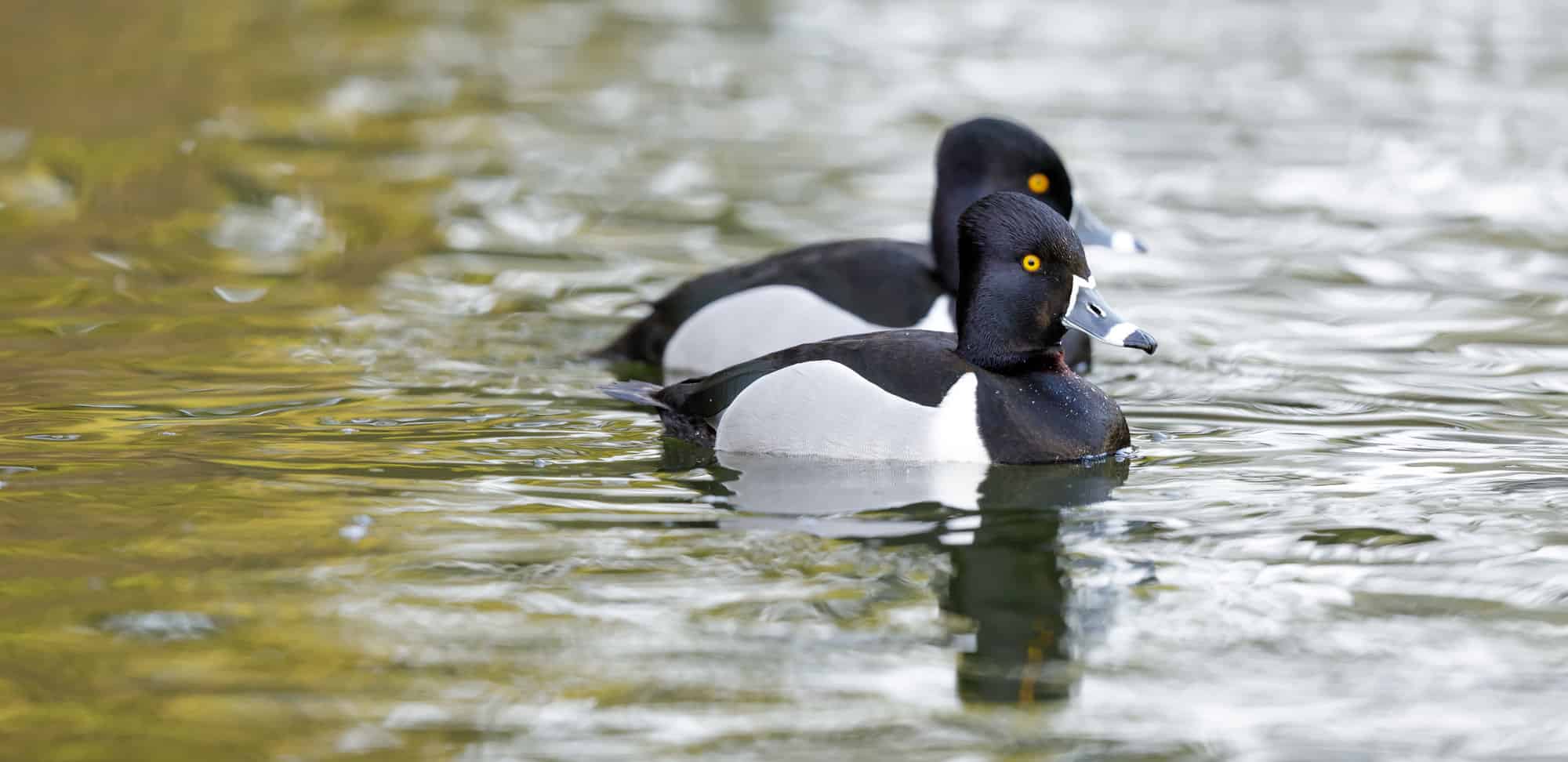
- Scientific Name: Aythya collaris
- Length: 15.3-18.1 in
- Weight: 17.3-32.1 oz
- Wingspan: 24.4-24.8 in
The ring-necked duck is a medium-sized waterfowl that is found throughout North America. In Colorado, these ducks are generally seen in the eastern and northern parts of the state. They prefer to nest in wooded areas near ponds or lakes.
The male duck has a black head and neck, with a white ring around its neck. The female duck is brown with a white ring around its bill. both sexes have a blue bill and webbed feet. These ducks are most active during the day and can often be seen swimming or diving for food.
Redhead
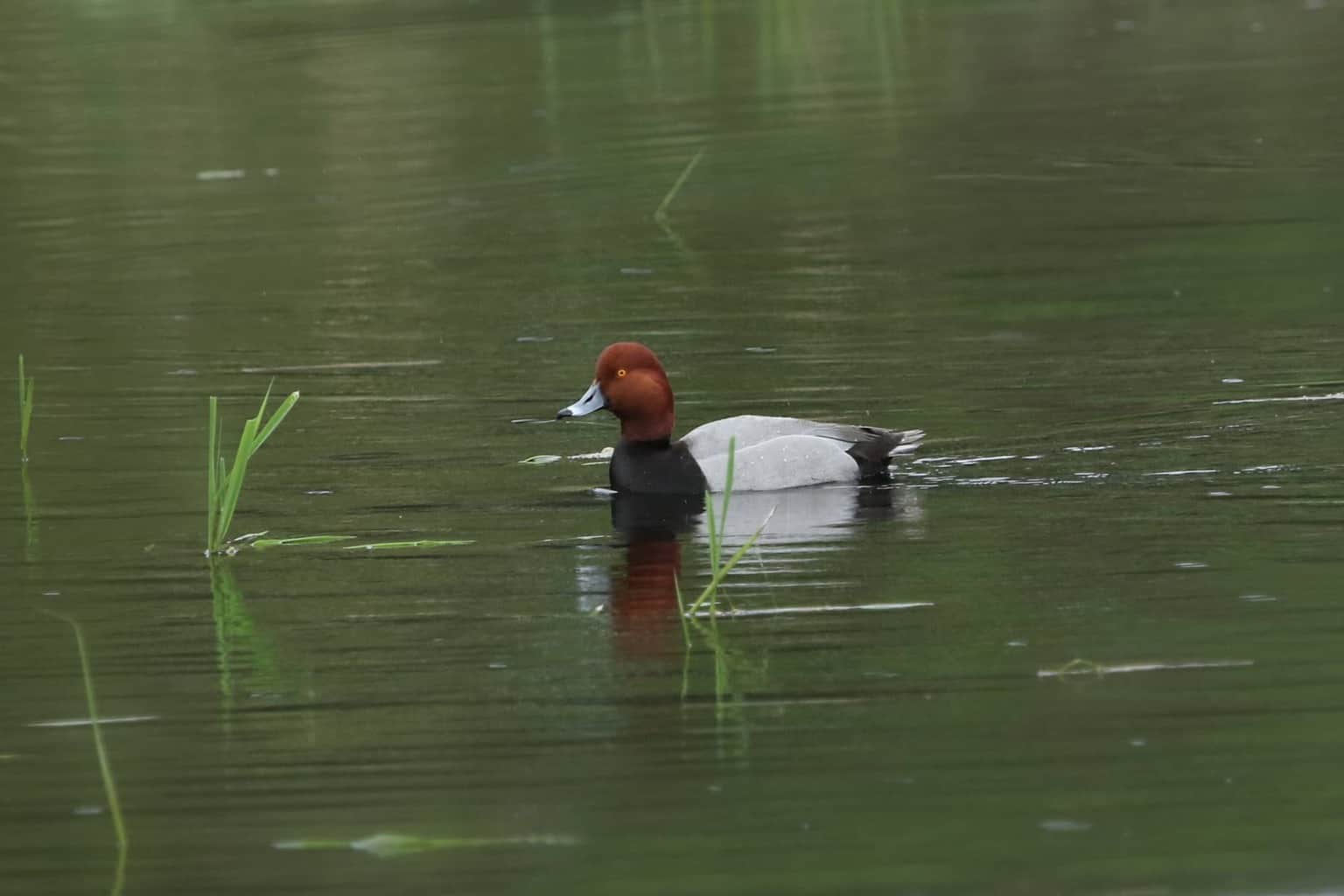
- Scientific Name: Aythya americana
- Length: 15 in
- Weight: 2.0 – 2.5 lbs
- Wingspan: 33 in
The redhead duck is a beautiful bird that is found in North America. Originally breeding in the Great Plains region, the redhead duck has slowly expanded its range eastward and can now be found as far east as the Atlantic Coast.
The redhead duck is most commonly found in Colorado, where it’s a popular bird for hunters. The redhead duck is a very good swimmer and an excellent diver. It feeds on aquatic plants, insects, and small fish.
Canvasback
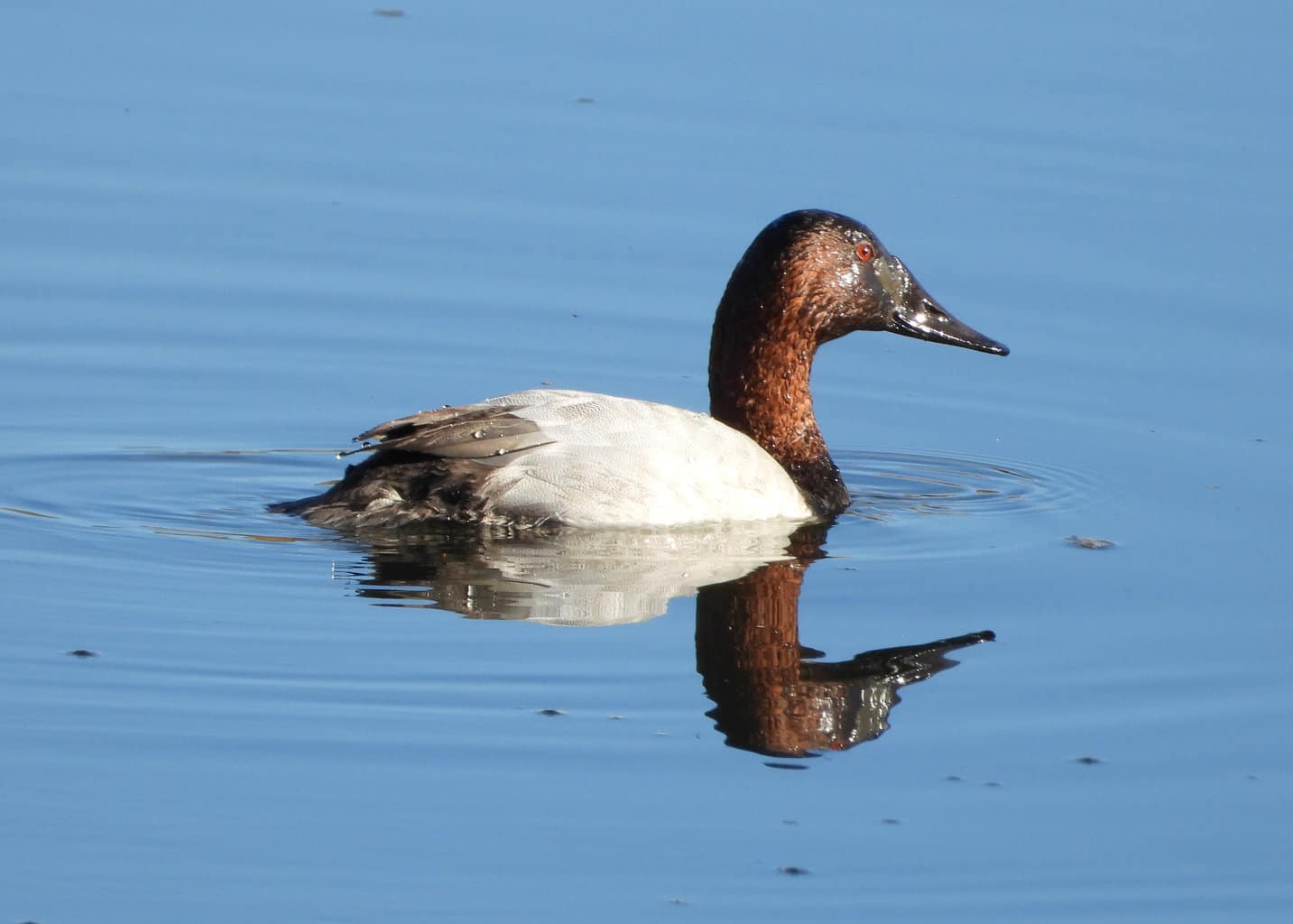
- Scientific Name: Aythya valisineria
- Length: 19–22 in
- Weight: 1.9–3.5 lb
- Wingspan: 31–35 in
Canvasbacks are a type of duck that is native to North America. They are a popular game bird, and their meat is considered to be some of the best-tasting duck meat available.
Canvasbacks are also known for their beautiful plumage, which is often used in the making of hats and other clothing.
In recent years, the canvasback population in Colorado has declined dramatically due to a number of factors, including habitat loss and hunting pressure.
Common Goldeneye
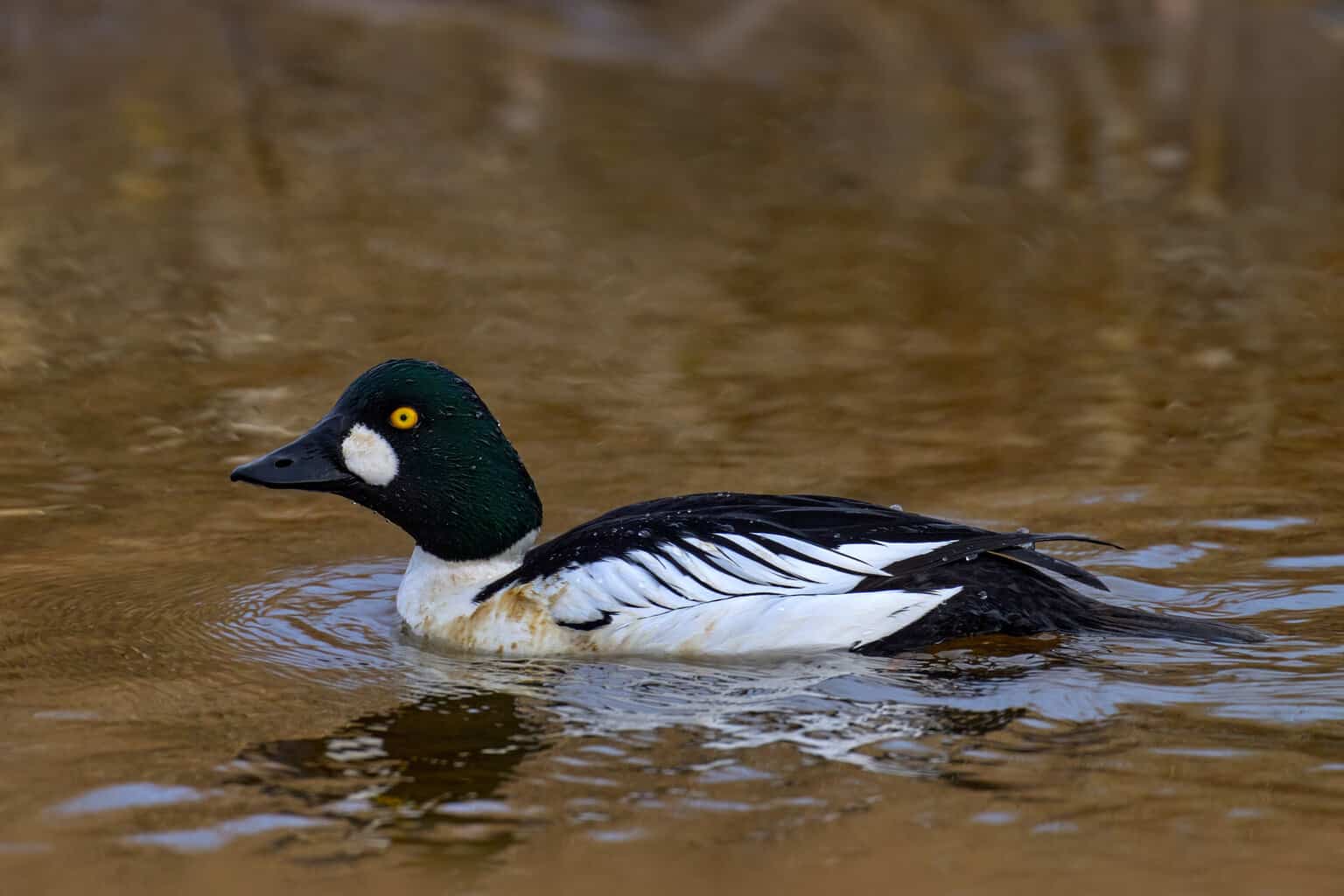
- Scientific Name: Bucephala clangula
- Length: 18–20 in
- Weight: 2.2 lb
- Wingspan: 77-83 cm
If you’re lucky enough to spot a common goldeneye in Colorado, you might think you’ve found a golden nugget! These striking ducks are actually fairly common in the state, although they can be difficult to spot since they often keep to themselves.
While they’re not particularly shy, they’re usually seen in pairs or small groups rather than large flocks. The best time to see them is during the winter months when they congregate on open bodies of water.
Greater Scaup
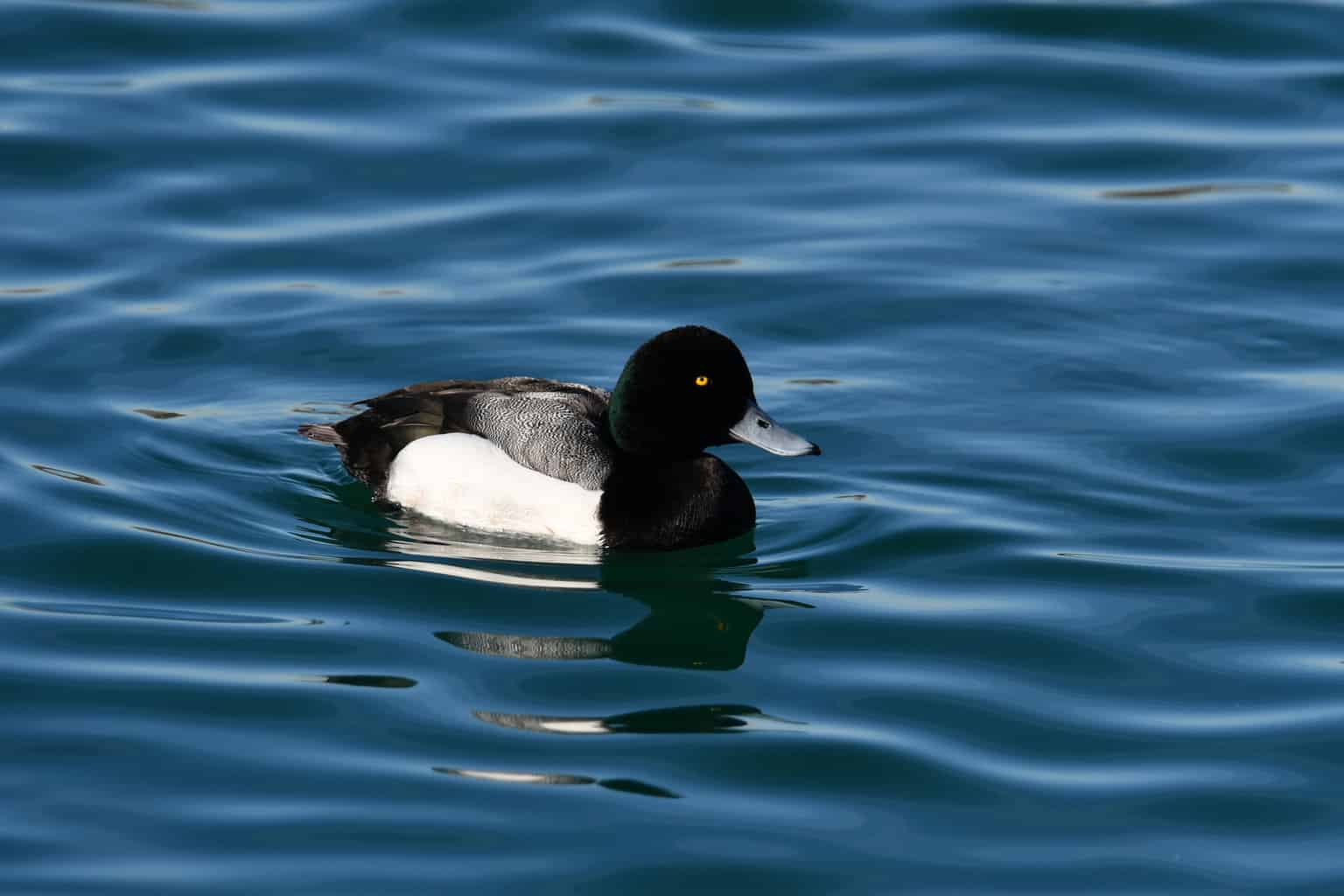
- Scientific Name: Aythya marila
- Length: 15–22 in
- Weight: 28–33 in
- Wingspan: 1.6–3 lb
The greater scaup is a duck that is found in Colorado. It’s a large duck with a black head and neck, white belly, and gray back. The male has a green head and yellow eyes, while the female has a brown head and yellow eyes.
The greater scaup is the largest of the three scaup species and is the only one that is found in Colorado. The greater scaup is a migratory bird. It breeds in northern Canada and winters in the southern United States, including Colorado.
In Colorado, the greater scaup will likely be seen in the eastern part of the state, near Denver. However, it can also be found in other parts of the state, such as the San Luis Valley.
Lesser Scaup
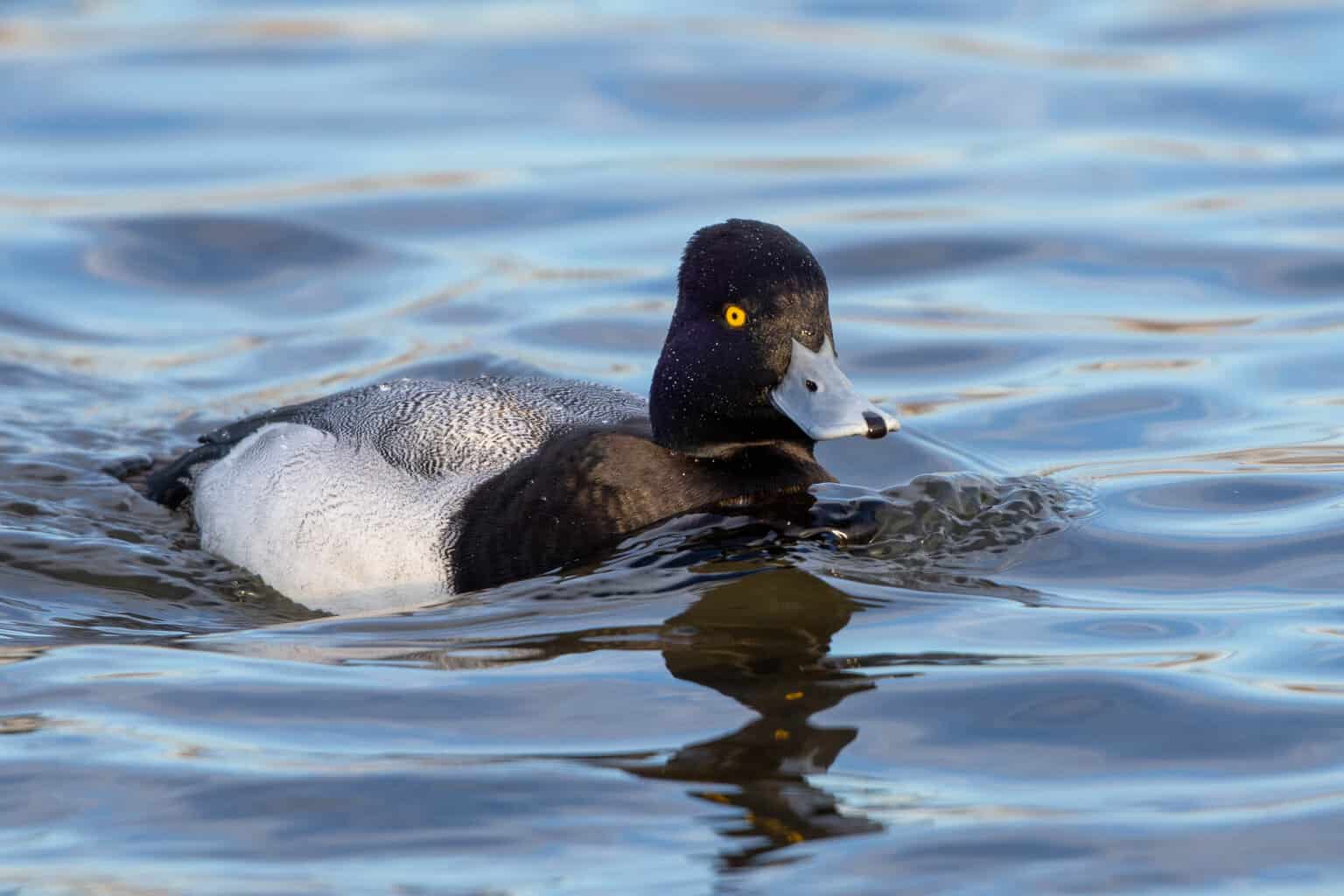
- Scientific Name: Aythya affinis
- Length: 15–19 in
- Weight: 1–2.4 lb
- Wingspan: 27–31 in
The lesser scaup is the smallest and most widespread of the three North American species of scaup, a group of ducks that also includes the greater scaup and the long-tailed duck.
Scaups are principally found in freshwater lakes and marshes, but they will also frequent brackish water and coastal bays. The lesser scaup is a migratory bird, spending its winters along the coasts of the southern United States and Mexico.
In Colorado, lesser scaups can be found in a variety of habitats, including mountain lakes, prairie wetlands, and urban parks.
Bufflehead
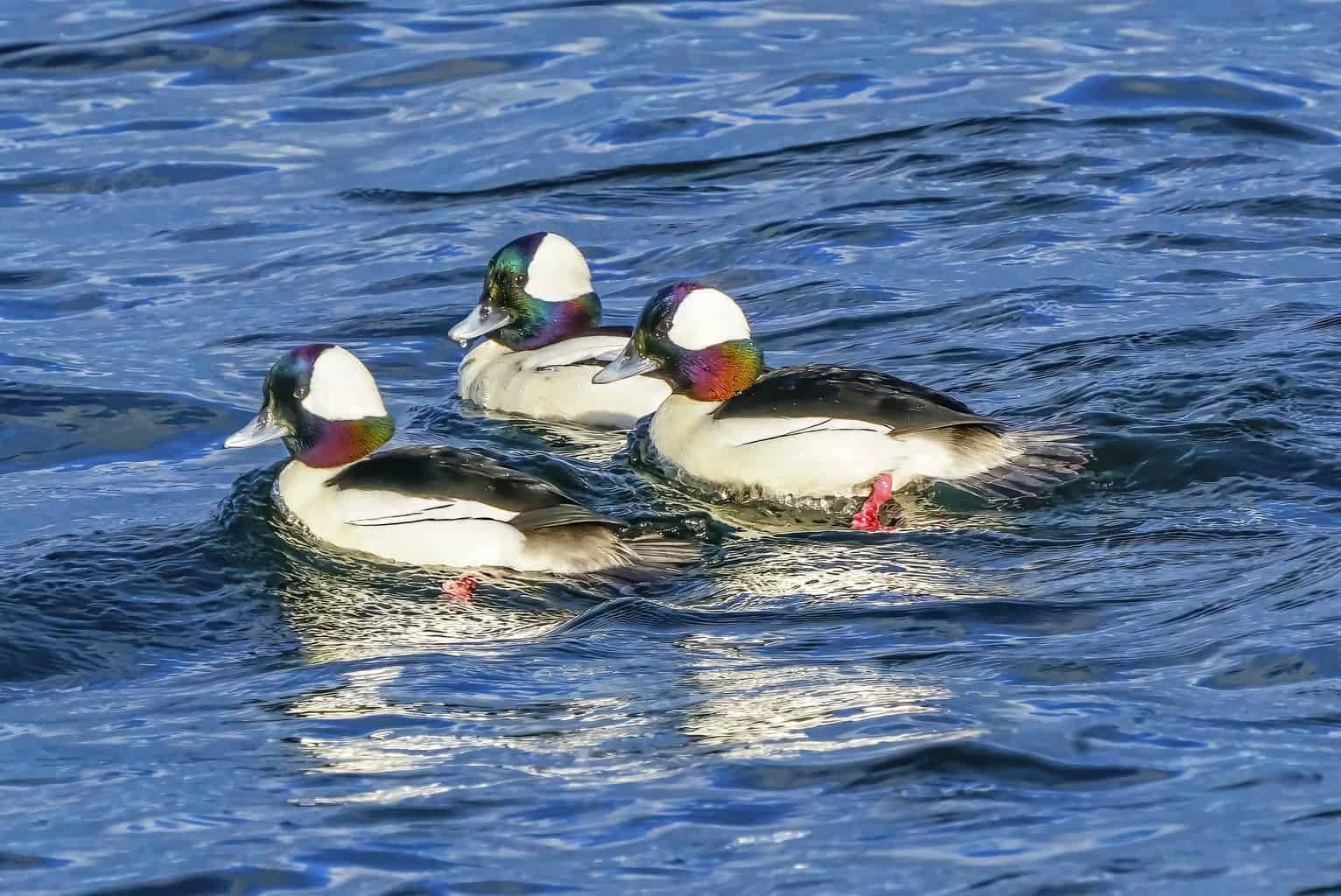
- Scientific Name: Bucephala albeola
- Length: 13–16 in
- Weight: 9.5–19.4 oz
- Wingspan: 55 cm
The bufflehead is a small duck that is native to North America. In the winter, they can be found in the southern United States, but they breed in Canada. Buffleheads are shy birds, and they’re usually seen in pairs or small groups.
They have black and white feathers, and the males have a large white patch on their heads. Buffleheads eat insects, crustaceans, and small fish. In Colorado, buffleheads can be found in the San Luis Valley and in the eastern plains.
Most buffleheads migrate south for the winter, but some remain in Colorado year-round. These ducks are fun to watch, and they provide an important service to the ecosystem by eating insects and small fish.
Long-Tailed Duck
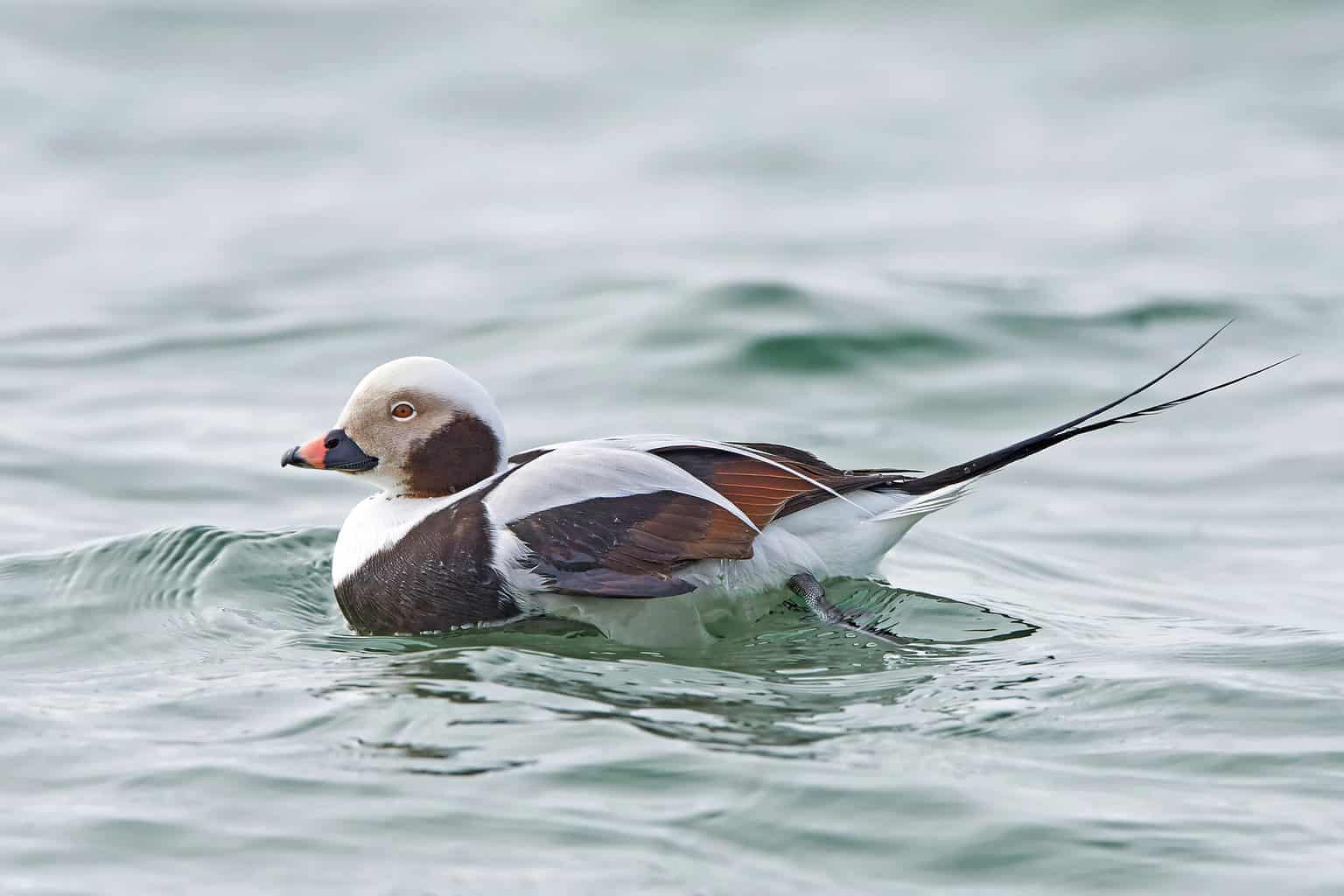
- Scientific Name: Clangula hyemalis
- Length: 17.5–23.5 in
- Weight: 1.63 lb
- Wingspan: 28 in
The long-tailed duck is a type of waterfowl that is native to North America. Although they’re often seen in the northern parts of the continent, they have been known to migrate as far south as Colorado.
In fact, there have been several sightings of long-tailed ducks in the state in recent years. While some people believe that the ducks are simply lost and looking for their way back north, others believe that they’re attracted to the state’s abundant food and water resources.
Either way, it’s clear that the long-tailed duck is an unusual sight in Colorado.
Wrapping Up
Colorado is a great place to see a variety of ducks, including the greater scaup, lesser scaup, bufflehead, and long-tailed duck. These birds can be found in a variety of habitats, including lakes, marshes, and urban parks. The best time to see them is during the winter months when they congregate on open water.
If you’re interested in learning more about the birds that can be found in Colorado, be sure to check out our post on Colorado birds. We’ve included information on many of the different species of birds that have been spotted in the state.

